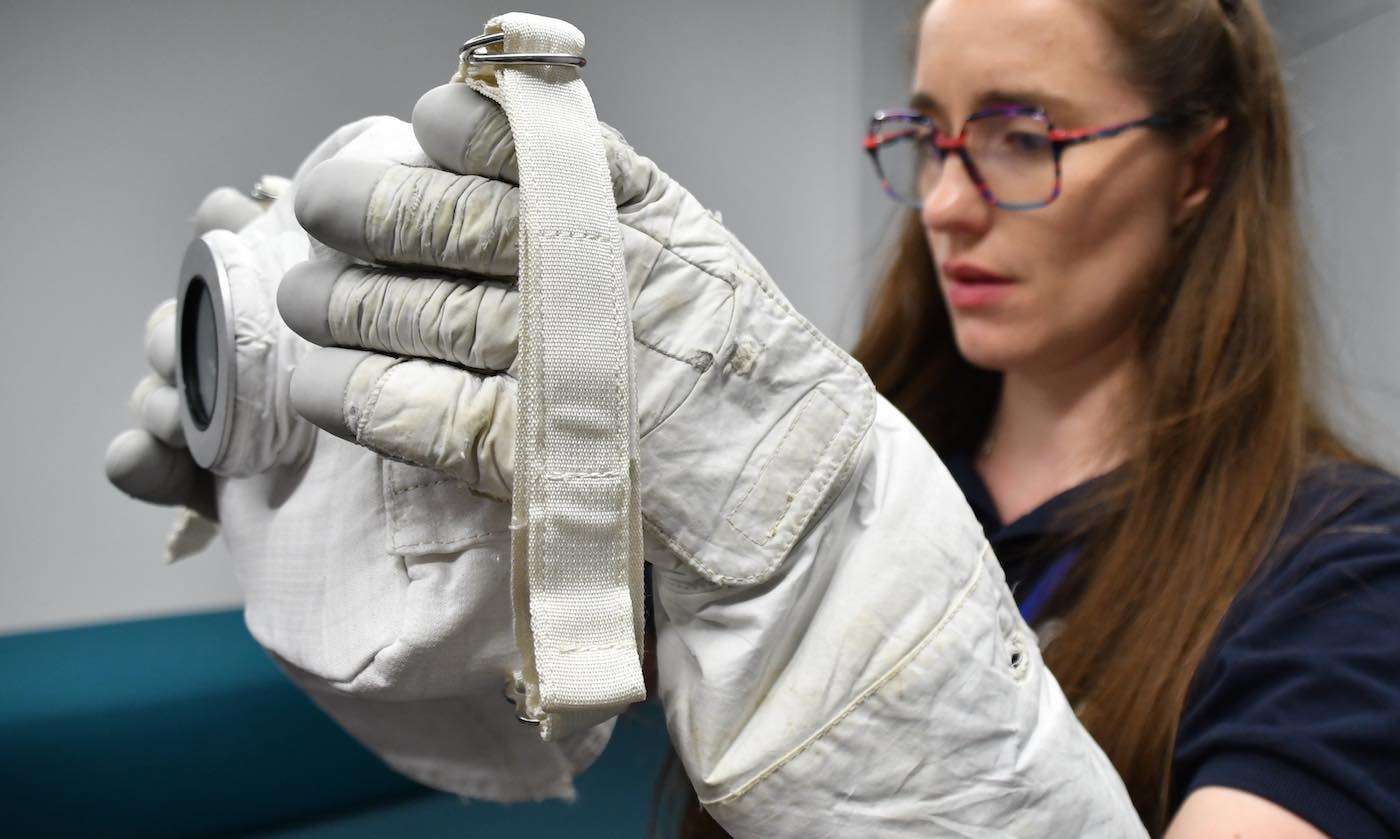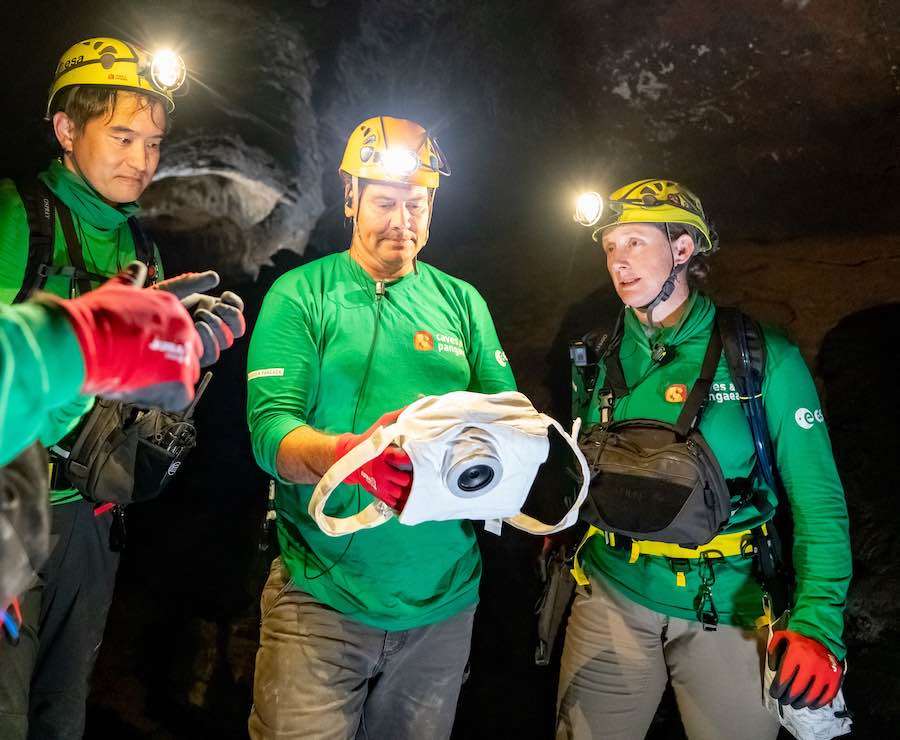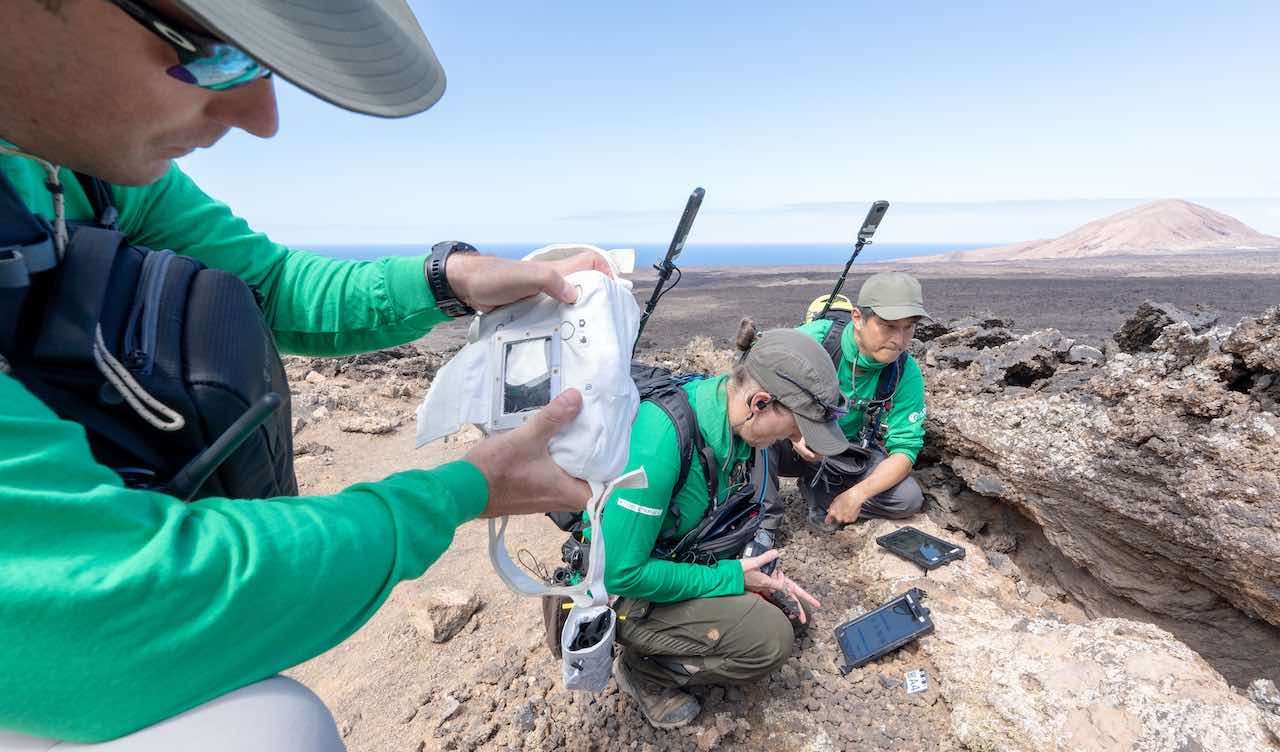Pristine Coral Reefs Discovered Are Thousands of Years Old And Teeming With Life
The larger of the two reefs spans over 800 meters in length, the equivalent of eight football fields and is filled with stony corals

Astronauts are 'shooting' for the Moon as they try out a new hi-tech space camera here on Earth.
The scientists from the European Space Agency have partnered with NASA's Artemis imagery team to try out the kit.
Engineers behind the Handheld Universal Lunar Camera (HULC) tested it within the lunar-like landscapes of Lanzarote, Spain, putting the new camera through its paces during the PANGAEA training program.
PANGAEA prepares astronauts to become effective field scientists for future missions to the Moon.
During the geological field trips, astronauts document their exploration work using the ESA tool that allows geology instructors at a base station to follow and support the crew with live audio and video in real time.
Astronauts of the Apollo 11 mission took iconic images of the Moon with a very different camera-a standalone, mechanical Hasselblad camera with a Harrison Schmidt 60 mm lens. During that mission, the astronauts collected 1,407 photos from four of these cameras on tripods.

The next time astronauts return to the Moon, they'll take more pictures of the luner surface than ever-after this realistic taste of lunar surface exploration.
The new camera is built from professional off-the-shelf cameras with great sensitivity to light and state-of-the-art lenses, but with modifications from NASA-including adding a blanket for dust and thermal protection for temperatures which range from minus 200 to 120 degrees Celsius. A new set of ergonomic buttons now make it easy for astronauts in space suits to shoot pics wearing bulky gloves.

The teams have done extensive testing for the three major challenges of space: thermal, vacuum and radiation effects. On the Moon, one added challenge will be the abrasive nature of lunar dust. Last year, the camera was part of simulated moonwalk with the JETT 3 mission in Arizona, USA.
One of the most prolific European photographers in orbit, ESA astronaut Thomas Pesquet, praised the design after using it at the PANGAEA test course. "The engineers have done a really good job reconfiguring the buttons and arranging a simple yet reliable protection for the camera."
One objective of PANGAEA was to select the most suitable lenses. Pesquet and NASA astronaut candidate Jessica Wittner, along with Japanese space agency's Takuya Onishi used the camera in broad daylight, but also in the darkness of volcanic caves to simulate extreme conditions for lunar photography.
It will be the first mirrorless camera for handheld use in space. Mirrorless cameras provide excellent image quality in low light situations, making it well suited to the challenging high contrast environment of the Moon.
"It was very useful to have the geologists' point of view to make sure the photos had the right resolution, depth of field and exposure to maximize the science results," explains Jeremy Myers, NASA's lead for the HULC camera.

"It should be easy to use. The human factor is a big deal for us, because you want the camera to be intuitive and not taxing on the crew," he adds.
The camera will also record videos, which ESA will "provide situational awareness to the ground teams and help document the exploration of our nearest cosmic neighbor".

The Artemis III mission will land on the South Pole of the Moon, close to permanently shadowed craters where the crew will look for evidence of water ice. "Conditions for photography will be tricky in many ways, from operating the camera with the gloves on, to very low light levels and big contrast between bright and dark sources," says Pesquet.
"We want astronauts to be able to take a detailed image of a crystalline structure in a rock and to capture landscapes, all with the right exposure," explained Myers.
One version of the camera will soon fly to the International Space Station for additional testing in the near future.
SEND YOUR Photo Pals OVER the Moon By Sharing on Social Media…
Be the first to comment